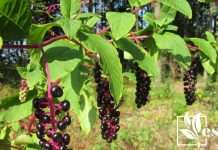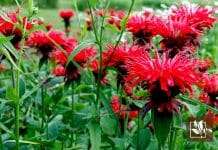Aglaonema Silver Bay care is simple enough that it is an excellent houseplant for beginners and pros alike.
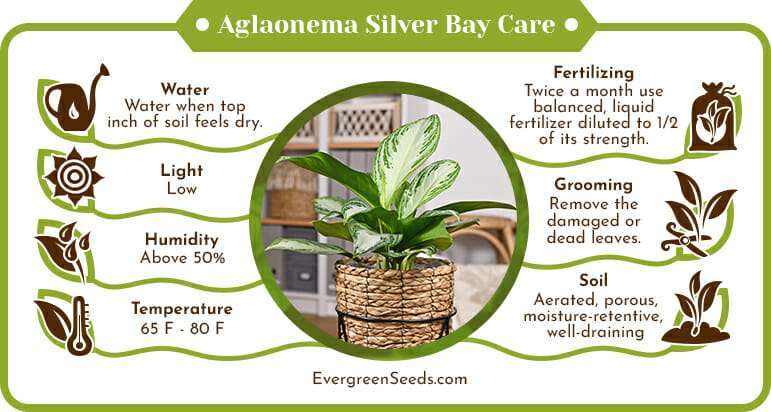
Finding popularity in the 1930s, these plants from the genus Aglaonema are currently enjoying something of a revival due to their showy foliage and tolerance to low light conditions.
Let’s see how they’re grown!
JUMP TO TOPIC
Aglaonema Silver Bay Care Guide
This Chinese evergreen is a vigorous grower and will tolerate a wide range of indoor conditions. This low-maintenance plant is perfect if you’re a beginner, especially if you have a darker corner in your home just waiting for a plant to brighten it up. Let’s take a closer look at how to care for Aglaonema Silver Bay.
 Light Requirements
Light Requirements
What makes Aglaonema Silver Bay so popular among houseplant lovers is the fact that it can be cultivated in lower light. In the wild, this plant grows in the shaded forest understory, where little light makes it through the canopy. In fact, most nurseries grow this in fairly heavy shade, which mimics its natural growing conditions.
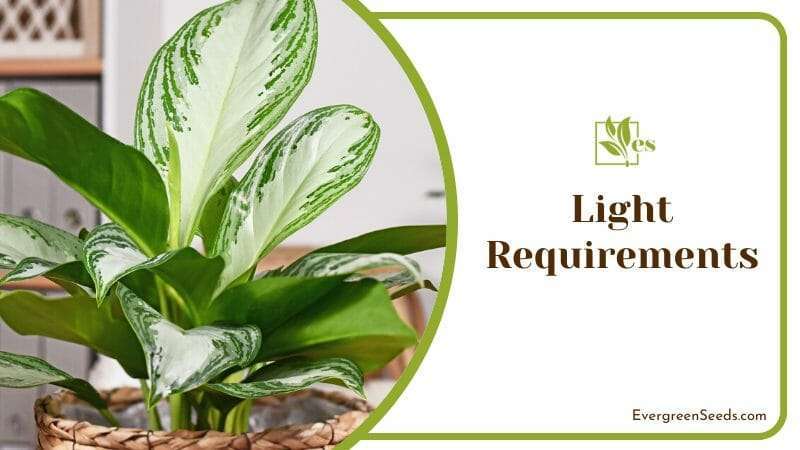
The ideal location for Aglaonema Silver Bay is a room with eastern or western exposure. Place the pot about two or three feet away from the window, and your plant should receive all the light it needs. Avoid keeping the plant in full sun, however, as this will scorch the leaves. Aglaonemas also grow well under fluorescent light, which makes them an excellent choice for offices.
 Temperature Requirements
Temperature Requirements
Aglaonema Silver Bay can grow in the average room temperature, ranging from 65 to 80 F (18 to 27 C). Like most tropical plants, Aglaonema does not tolerate cold and will struggle to grow if temperatures drop below 55 F (13 C). Hot or cold drafts, as well as sudden temperature changes, can also damage the foliage. Try keeping your Aglaonema away from drafty windows and doors, radiators, and heating or cooling vents.
You can grow Aglaonema Silver Bay outdoors in your garden if you live in USDA zones 10 and 11. This plant makes a gorgeous border and even a bushy ground cover. We recommend planting it underneath trees or large shrubs, to protect it from the direct sunlight. If you live in an area where temperatures drop below 55 F (13 C) during the night, it’s best if you keep your Aglaonema in a pot, and bring it indoors at night.
 Water Requirements
Water Requirements
Keep the soil of your Aglaonema Silver Bay moist but not soaked. Test the soil with your finger, and only water the plant when the top inch feels dry to the touch. To ensure that the soil is evenly moist and that water gets to all of the roots, we recommend using the soak and drain method.
Simply pour water through the pot until it starts dripping out of the drainage holes, then allow the pot to drain in a sink or bathtub for a few minutes. Never leave water standing in the container tray, as this can result in root problems later on.
Watering Aglaonema Silver Bay will depend not just on the time of the year, ambient temperature, or the size of the plant but also where you’re keeping it. For example, a plant that’s kept in lower light conditions will need less water than one kept in bright indirect light. Also, plants kept in offices will need to be watered more often, given the fact that the air conditioning makes the air dryer than in a home. Remember to always test the top inch of the soil before watering and use a well-draining potting mix to prevent root rot.
 Humidity Requirements
Humidity Requirements
Aglaonema Silver Bay loves humidity. Our suggestion is to aim for a humidity level of at least 50 percent to keep the plant happy. This plant can tolerate the average home humidity levels, but it won’t produce the same kind of spectacular foliage. The easiest way to meet its needs is to place the pot on top of a pebble tray half filled with water.
Pay close attention to your Aglaonema in winter, when the indoor heating will make the air in your home significantly drier. If you notice that the leaves are developing brown edges and tips, it’s worth investing in a humidifier to give the plant a much-needed humidity boost.
 Soil Requirements
Soil Requirements
The ideal soil for Aglaonema Silver Bay should be aerated, porous, moisture-retentive, but also very well-draining. Aglaonema plants don’t grow well in heavy, compact soils that stay wet for too long and can develop fungal root problems, which are fatal. Here’s a fantastic potting mix you can try:
- Two parts garden loam or peat moss
- One part coco coir
- One part pine bark
- One part perlite or vermiculite
This mixture will provide the roots with much-needed aeration, it will stay moist but not soaked, and it’s chunky enough to allow excellent water drainage.
If you’re growing your Aglaonema Silver Bay in a shaded spot, remember that it will grow slower. This means that it will need less water, and the soil could remain wet for longer. To prevent any root problems for an Aglaonema growing in the dark, add an extra handful of perlite or vermiculite to your soil mix, as well as some horticultural charcoal.
 Fertilizer Requirements
Fertilizer Requirements
Throughout spring and summer, we recommend giving your Aglaonema Silver Bay a fertilizer application twice a month. You can use a balanced, liquid fertilizer diluted to half the strength recommended on the label. To encourage bushy foliage growth, you can even go for a fertilizer with a higher nitrogen value, such as a 20-10-10 ratio. The plant won’t need any additional feeding in winter.
Because Aglaonemas are often recommended as low-light plants, this will impact several aspects of your care routine. For example, the amount of fertilizer you need to add will change depending on where you’re growing this plant.
If your Aglaonema Silver Bay is kept in a darker room, it will grow much slower, and as a result, it will only need fertilizers once a month. Avoid overfeeding your Aglaonema, as this can result in fertilizer burn, leggy growth, and stress, which makes the plant more vulnerable to pest infestations.
Aglaonema Silver Bay can suffer from copper deficiency. If your plant is kept in bright indirect light, but you notice that its growth is stunted or the leaves curl at the tips, that’s a sign that your Aglaonema needs more copper. Temperatures below 55 F (13 C) can also lead to copper deficiency, as the roots struggle to absorb this micronutrient if the soil is too cold.
 Pruning and Maintenance
Pruning and Maintenance
Aglaonema Silver Bay doesn’t typically require pruning. As the plant grows, some of the older leaves from the bottom will gradually begin to wilt. You can either wait until they’re completely dry and just pluck them off with your fingers or cut them. Some gardeners also prune the inflorescence to encourage the plant to spend more energy on growing leaves.
Always use a sharp, sterilized blade when pruning your Aglaonema plant. More importantly, remember to wear gloves or thoroughly wash your hands when you’re done. The sap of this plant contains calcium oxalate crystals, which can cause severe irritations and painful rashes if they come into contact with the skin.
Repotting
On average, you will need to repot your Aglaonema Silver Bay once every one or two years. The best time to do this is in spring, just as the plant enters its growing season. If you’re not sure when your Aglaonema needs repotting, simply lift the pot from the tray. If you can see roots coming out of the drainage holes, repot the plant to a container that’s one size bigger or 2 inches (5 cm) wider.
Propagation Guide
You can propagate your Aglaonema Silver Bay using either stem cuttings or plant division. Both methods are very easy, and we recommend using them in spring.
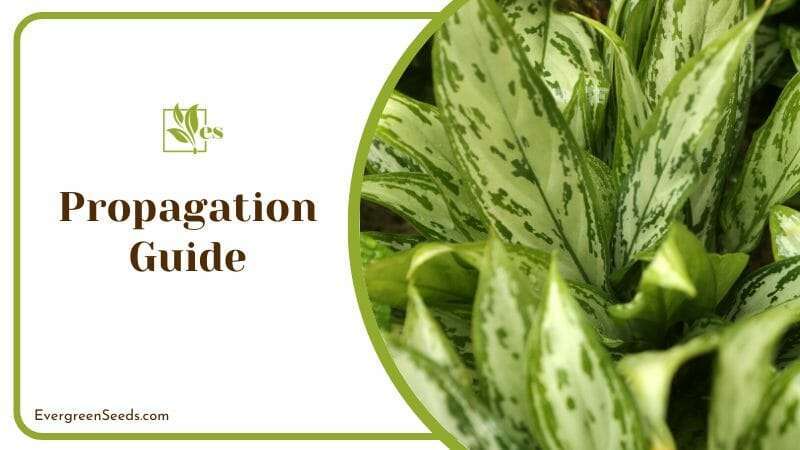
Let’s take a closer look at each one.
This is how you can propagate this plant using stem division:
- To propagate the plant through division, simply take it out of its container, remove as much soil as you can to expose the roots, then use your fingers to separate the plant stems.
- We recommend separating stems that have at least three leaves to give the young plant a better chance at becoming established.
- Once you’re done separating the stems, plant them in a well-draining potting mix, give them a good watering, and monitor them for the next two to three weeks for any signs of transplant shock.
This method works best with mature plants and should be used at the same time as repotting your Aglaonema Silver Bay.
This is how you can propagate this plant using stem cutting:
- Use a sharp, sterilized blade, and cut the stem between two growth nodes.
- You can then root the cutting in water, sphagnum moss, or even a well-draining potting mix. The cuttings take little time to develop roots and should be ready to be potted in about a month.
Propagating Aglaonema Silver Bay through stem cuttings is quick and effective.
Common Pests and Problems
Here are the most common problems you’ll encounter when growing Aglaonema Silver Bay.
– Root Rot
Aglaonema Silver Bay can be susceptible to root rot, especially if the plant is overwatered and kept in a very dark room. Signs of root rot are usually yellowing leaves or leaf spots that are brown with a yellow outline. Root rot can be fatal if you don’t spot it early enough. Remove the plant from the pot and inspect the roots. Use a sterilized blade to trim the roots that are brown, black, or soft to the touch, then repot the plant in a well-draining potting mix.
– Gray Leaf Spots
Gray leaf spots, especially on older leaves, are a symptom of cold damage. Aglaonema Silver Bay is very sensitive to cold, so make sure that it’s never exposed to temperatures below 55 F (13 C).
– Brown Leaf Tips
This could indicate that the air in your room is too dry or that there’s a build-up of fertilizer salts in the soil. Give your Aglaonema a humidity boost, and flush out the salts by running water through the soil for 5 – 10 minutes.
– Pests
Scale and mealybugs are the most common pests for Aglaonema Silver Bay.
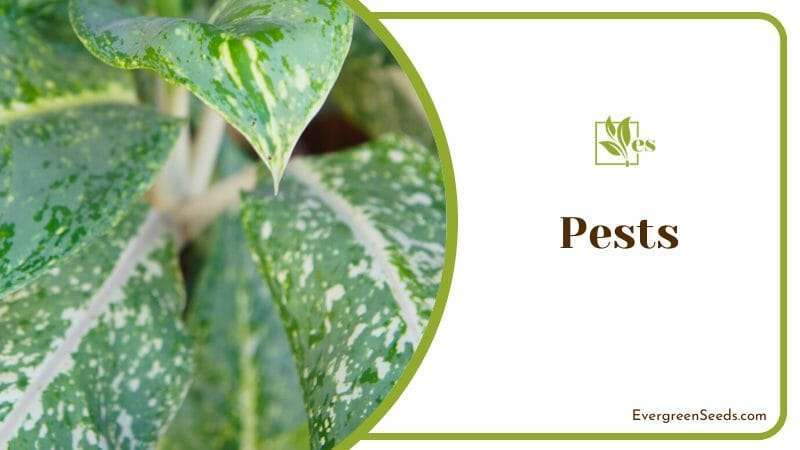
You can get rid of both by spraying the leaves with a rubbing alcohol solution, applied once a week for a month.
Check out our guide on the differences between Aglaonema and Dieffenbachia too, since both of them are great plants to have.


